Indoor plants should have consistent light, like outdoor plants, but if your home doesn't receive enough natural light, you need a grow light. Hue lights are common artificial lights, and you might wonder if they can be used as grow lights. We've researched this and have the answer for you!
Hue lights can be used as grow lights, but they would require special regulations for some plants regarding the light spectrum, uniformity, and level. Some plants can be insufficient as grow lights because they are expensive to operate and might not give enough output.
The grow light you select will affect your plant's growth. Make sure to read to the end, as we will provide more in-depth details about using Hue lights as grow lights. We would also talk about other alternative grow lights for your plants. With that said, let's dive right in!
Can I Use A Hue Light As A Grow Light?
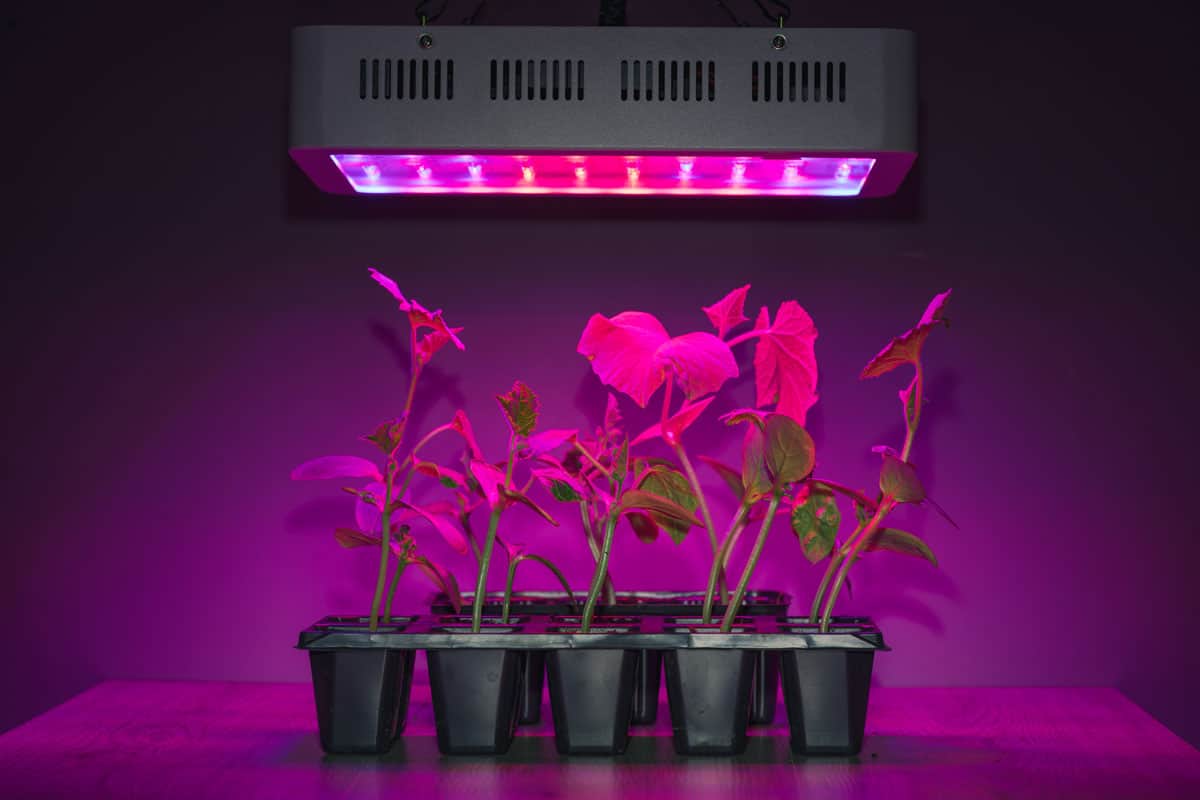
Hue lights were not specifically manufactured for use as grow lights. However, you can use Hue lights to control the amount of light your plants receive. If they are regulated properly, Hue lights can work fine for your plants.
You need to know the light spectrum best for your plants to get the best results from Hue lights. For example, your flowering plants are more likely to bloom when exposed to red light color.
Your plants will also be healthier if you provide them with light colors closer to the color of nature, like light blue. You should choose a Hue light compatible with the plant you want to grow.
Most grow lights offer a range of color spectrums, but a few brands, such as Philips, provide a specific spectrum for growing plants.
The Hue bulbs are available in different color types. They are either white LEDs or color bulbs that produce different shades of blue, red, or yellow. The white bulbs are capable of producing white light with a color temperature of 2700 K.
They are also dimmable and can change colors as required. However, they don't have a powerful overall light output, so you might need more than one to get enough light for your plants.
Check out the Philips Hue light on Amazon.
Is There A Difference Between Grow Lights And Regular Lights?
Yes, there are differences between grow lights and regular lights. The most important point to note about growth lights is that they provide specific light wavelengths that benefit your plants.
These lights can be purchased in compact fluorescent or incandescent bulbs. You'll also need a fixture to disperse the light evenly throughout your grow room.
On the other hand, regular lights are designed to illuminate dark places.
They come in various types, but most do not provide the specific wavelengths of light that grow lights offer. Grow lights have more power intensity than regular lights.
Regular lights produce more heat than grow lights, which makes them unsafe for growing plants.
The upside to regular lights is they are more durable. Grow lights mostly have a shorter lifespan because they burn out easily.
How Many Hours A Day Should I Use A Grow Light?
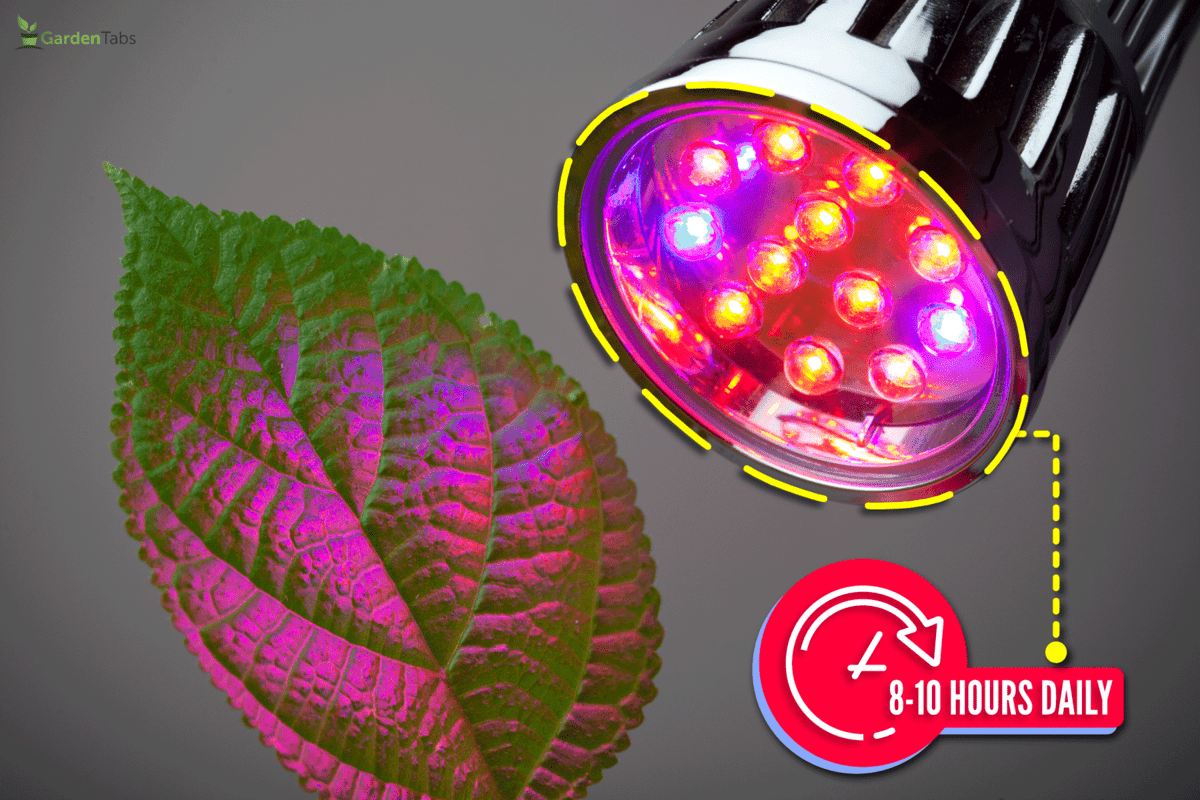
Since plants are usually exposed to 8 hours of sunlight daily on the field, grow lights are also expected to be used at least 8-10 hours daily. If you leave your growing lights on for hours, your plants may wilt.
However, the lighting time can be slightly adjusted depending on the condition of your plants. You can use your grow lights for up to 13 hours a day if needed.
What Lights Can Be Used As Grow Lights?
It would help if you had the proper lighting for your indoor plants to grow correctly; not all artificial lights will give the best growing conditions. There are different alternatives to Hue lights.
They are as follows:
Fluorescent Lights
Fluorescent lights are an ideal grow light for young plants as they are safe for vegetation and germination. Because of this, they are the most common option for a grow light.
Fluorescent lights produce a soft light that won't scorch the plants, making them energy-efficient and budget-friendly.
See this NICOR fluorescent light on Amazon.
LED Lights
LED lights are designed to mimic sunlight and deliver the correct color spectrum to your plants.
They use little power and can last up to 15 years for up to 16 hours per day. They are also available in different colors.
Additionally, they combine red, blue, and green light to produce white light. LED lights are also less expensive than other lights. They use low energy and are suitable for growing vegetables and fruits.
LED lights emit low levels of infrared radiation, a form of light safe for plants. They also have lower heat outputs than other grow light options.
High-Intensity Discharge Lamps
High-intensity discharge lamps (HID) are compact fluorescent lights that use electrodes to create light. These lights can be used in indoor gardens to promote healthy growth.
However, a downside is that they are expensive and hard to operate. You need a little technical know-how to use high-intensity discharge lamps. The upside is that they have a long lifespan.
Generally, for the bulb type, the best option is the full-spectrum bulb. Full-spectrum light bulb is considered the best kind of bulb because it provides a mix of all wavelengths of light.
It also appears as natural mid-day light.
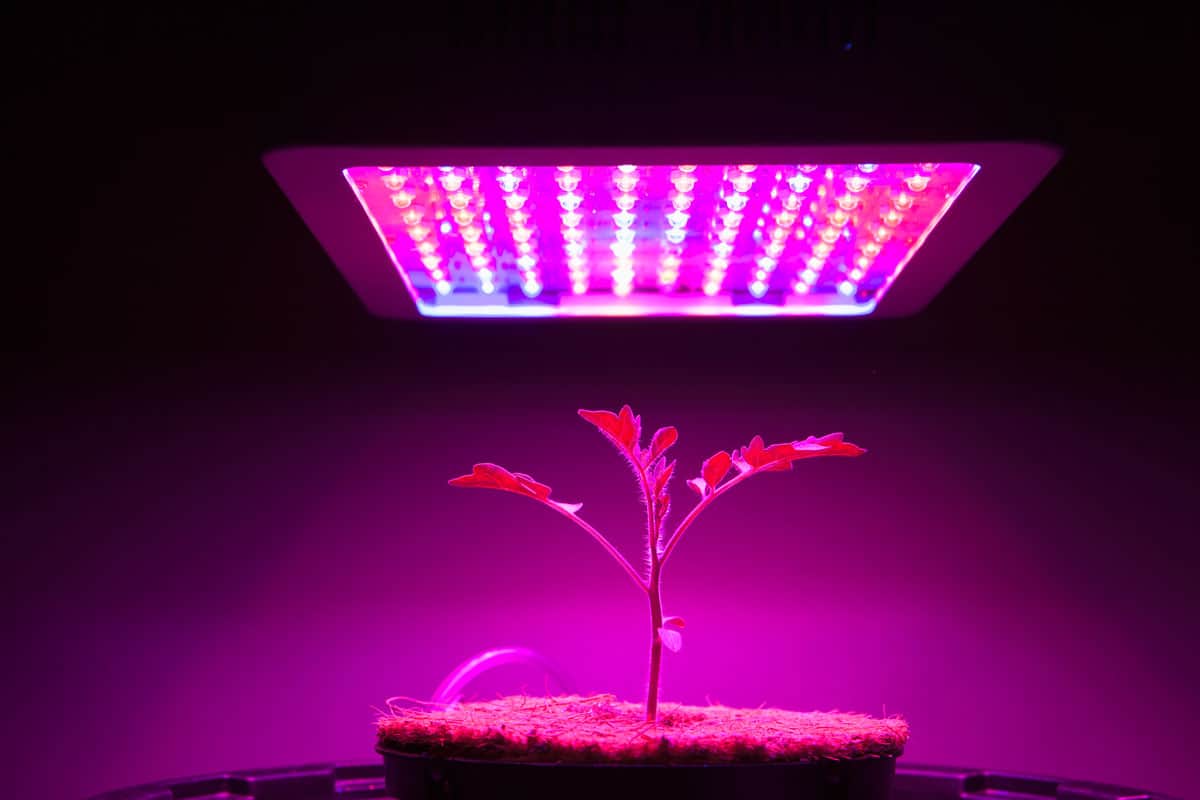
Do Grow Lights Dry Out The Soil?
Grow lights won't dry out your soil because they do not give out vast amounts of heat like regular lights. But make sure that you supply your plant with an adequate amount of water and as at when due.
Also, make sure you monitor your soil closely to avoid drying out.
Do Plants Need Complete Darkness At Night?
Keeping plants in complete darkness at night is not an ideal practice.
Although plants can survive short periods of darkness, they do not produce the same amount of food as they would if they were in a bright environment. They also will eventually die if they are kept in complete darkness constantly.
Some plants, such as snake plants and parlor palms, thrive in complete darkness. Others, such as asters, will do well when the duration of darkness decreases. However, some plants, such as orchids and ferns, are not able to grow well in darkness.
Most plants need light for photosynthesis. Light helps them create chlorophyll, the pigment that gives plants their green color.
Chlorophyll is only developed in the presence of light, so a plant will only grow to its full height under proper light.
How Far Should LED Grow Lights Be From Plants?
When using LED or traditional grow lights, you need to know how far to put them from your plants. Because when light is too close or too far from your plants, it can lead to burning or insufficient light supply.
The ideal distance of LED lights from plants depends on your growing plants. Some plants require lower light intensity, while others require higher light intensity. The wattage of the light source will also determine how far to put it from your plants.
If you're growing seedlings, you'll need to put the LED grow light farther from the plants. Seedlings need less light intensity than mature plants.
This is because they are susceptible and vulnerable in the early stages of growth. For seedlings, the Led grow lights should sit between 26 to 36 inches above.
Note that the higher the wattage, the farther the grow LED light will need to be from the plants. This is because high-output LED lights require about a foot distance to provide adequate coverage.
Do Plants Need Grow Lights?
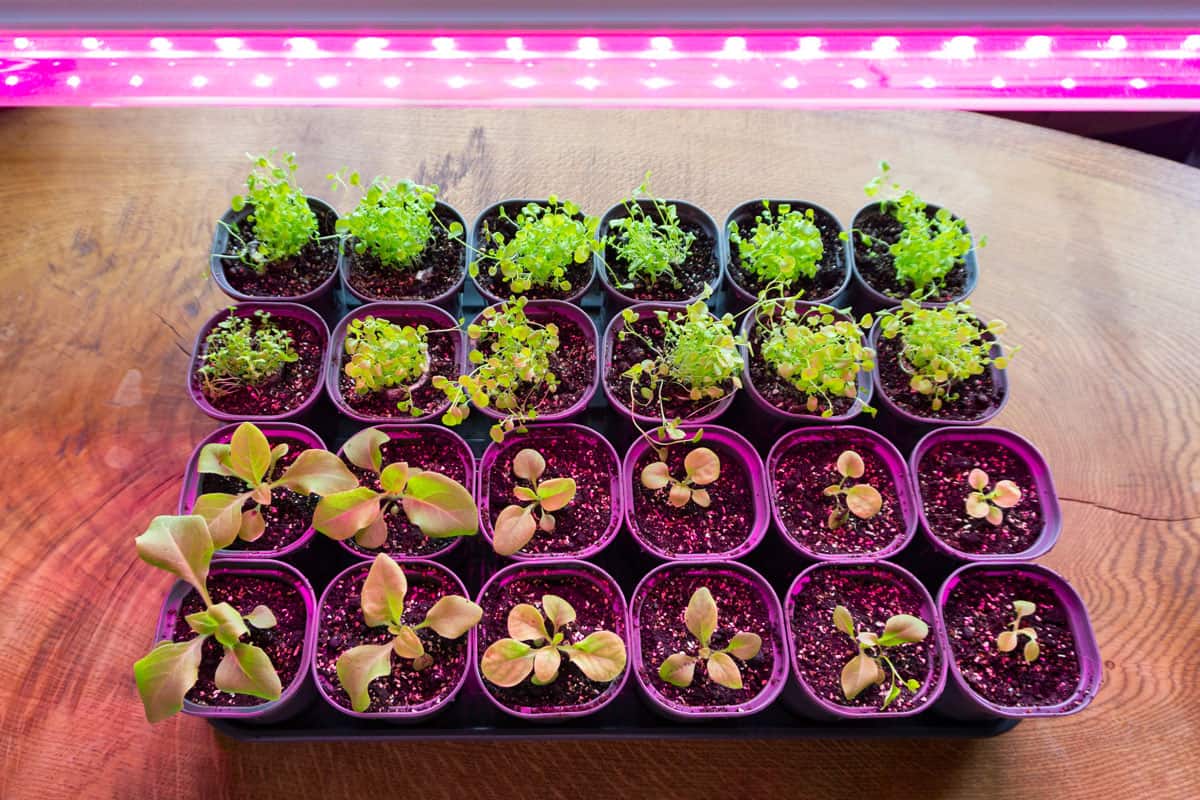
Grow lights are necessary for indoor plants. Not only does it give the plants the nutrients they need, but it also helps them grow. However, the decision to use grow light for your plants may vary depending on your species.
There are different types of grow lights that provide different levels of light and different spectrums. However, you must consider a few things before you choose a grow light for your plants.
One of the most important factors to consider when buying a grow light is how much room you have.
A compact fluorescent lamp may be all you need if you have a small room. However, if you have a larger space, you may need more than one.
To Finish
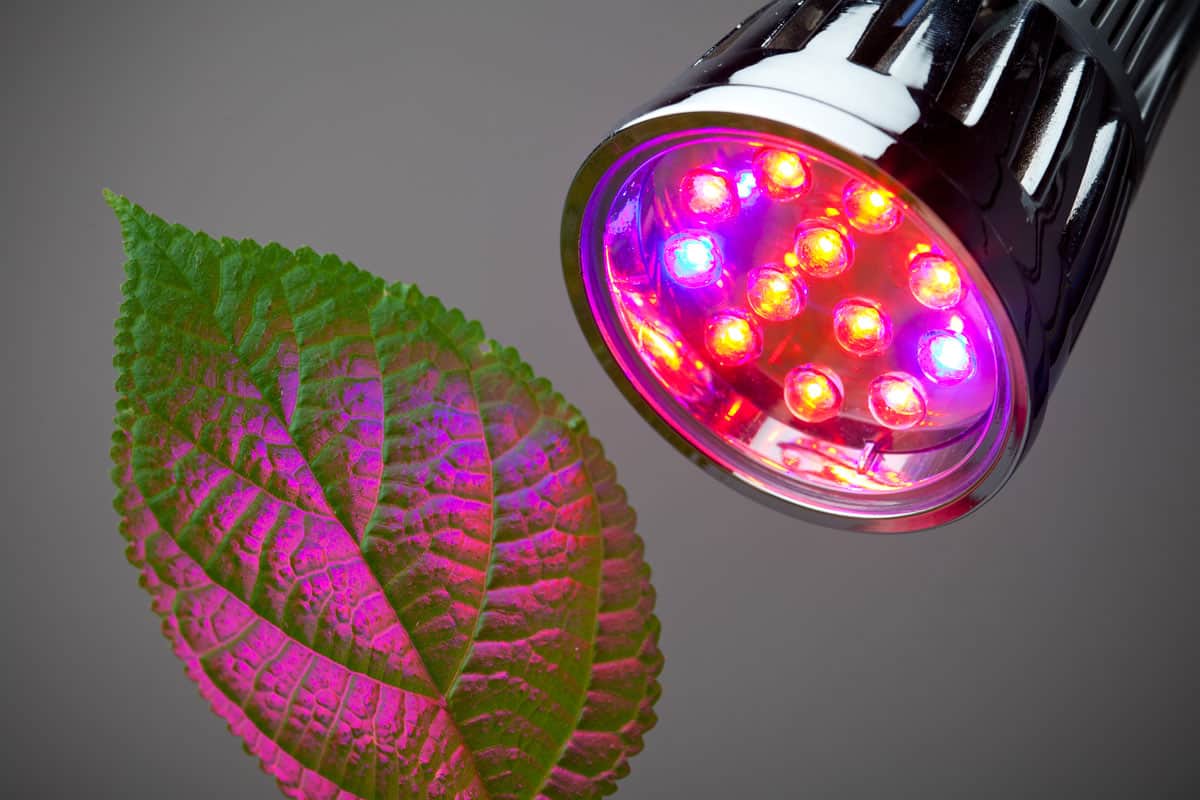
Grow lights are a great way to ensure indoor plants get the best light possible. Hue lights can be used as grow lights, but you need to adjust the intensity accordingly. To install Hue lights, read the manufacturer's manual thoroughly.
Made it to the end? Check out these articles below:


